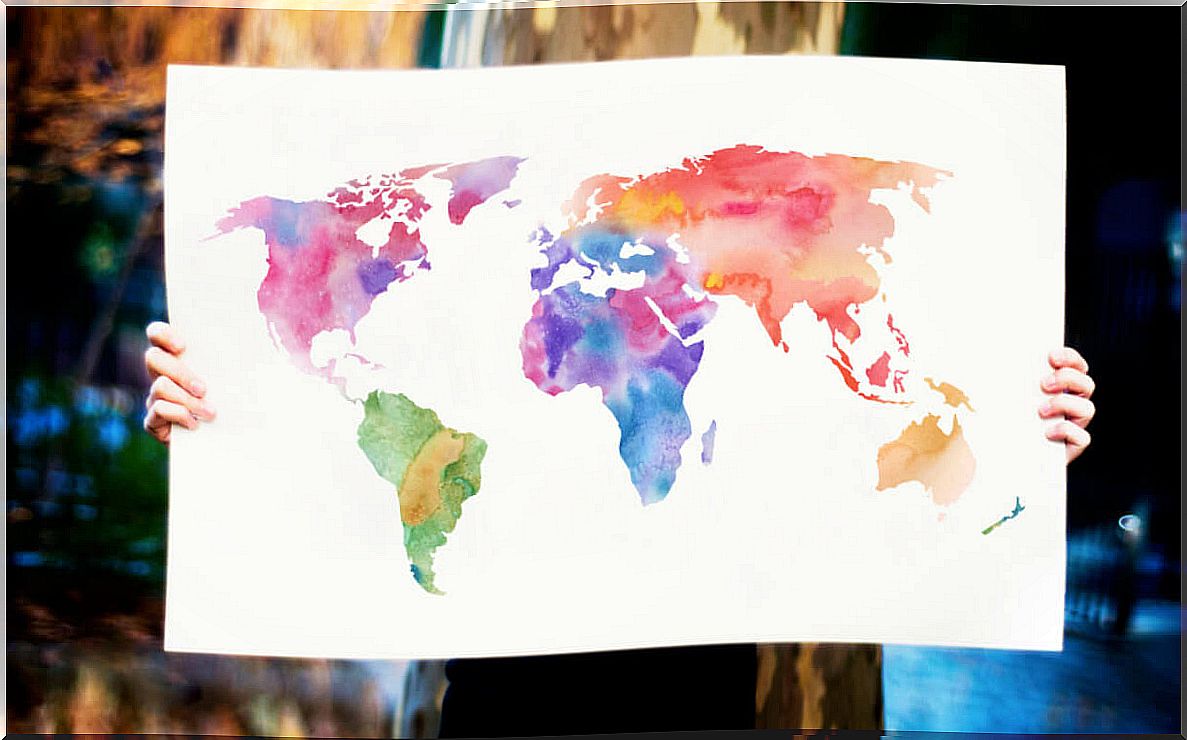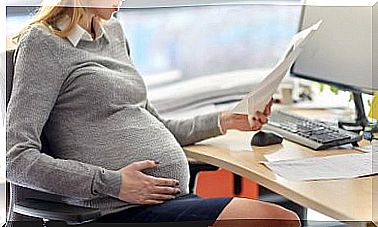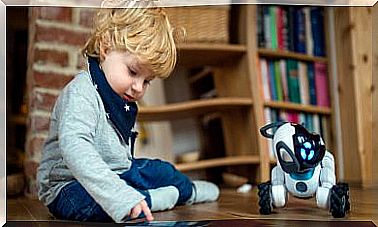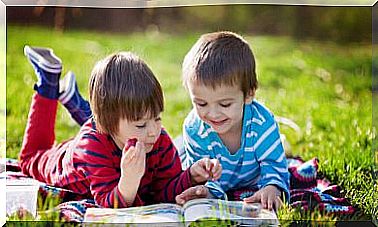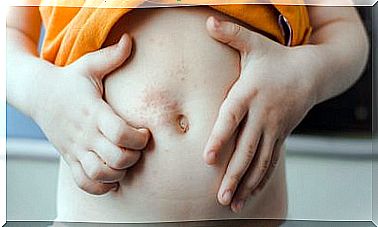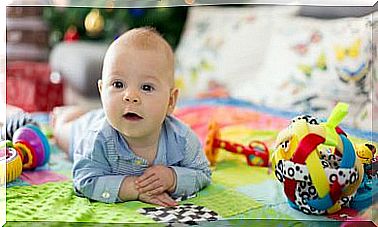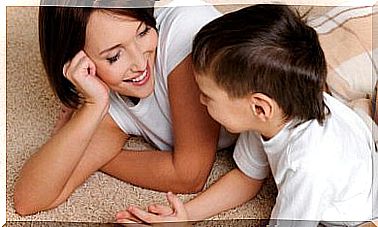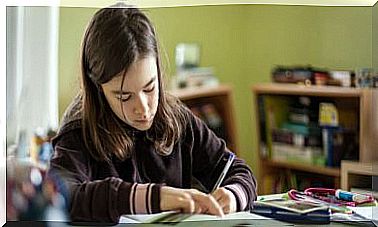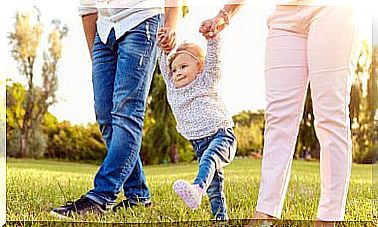Geology For Children
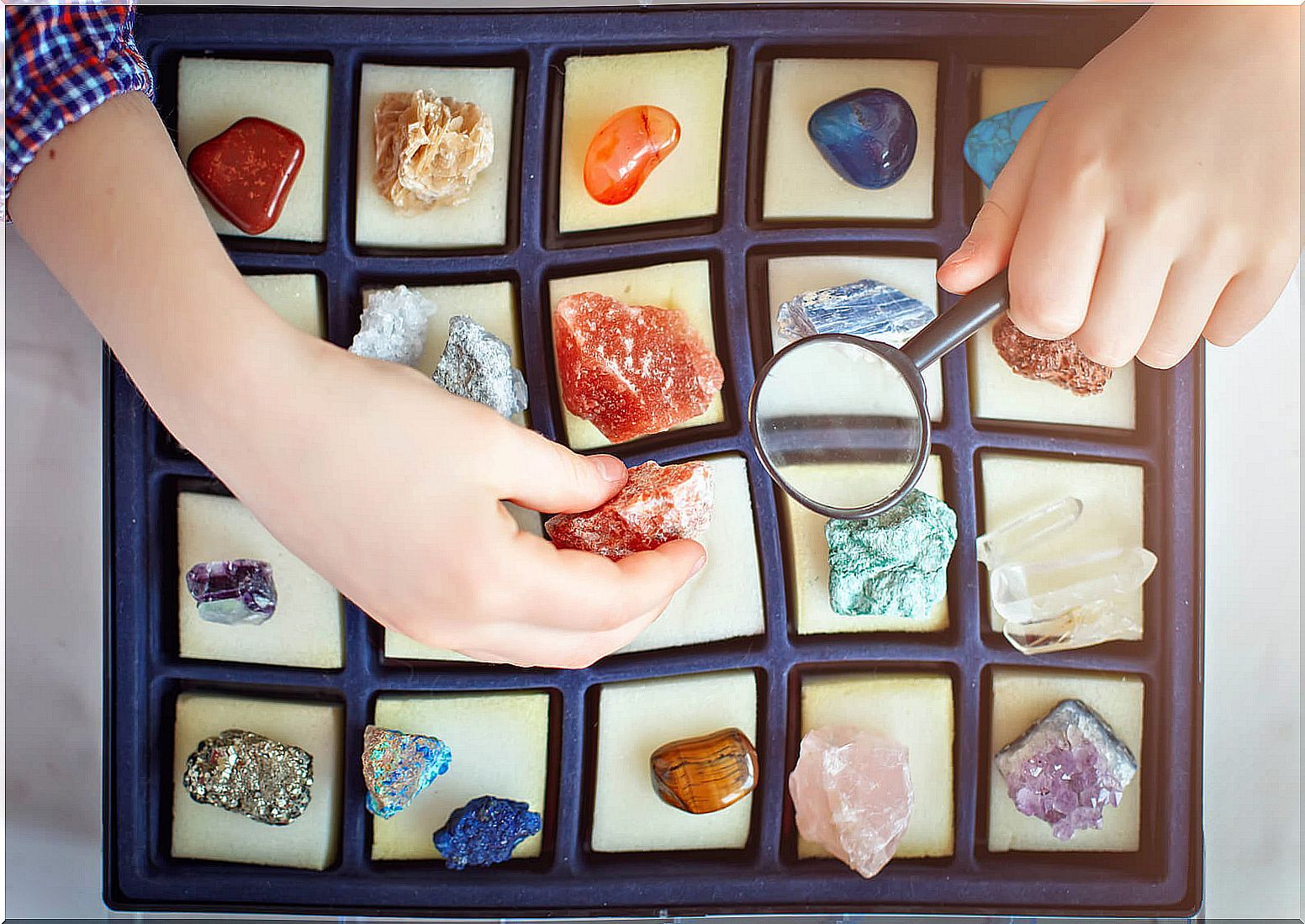
One of the sciences that is perhaps the most interesting to teach children is geology, since it deals with the planet we live on. This discipline studies the structure, history and composition of the materials that make up the Earth, as well as the processes that occur inside and on the planet’s surface.
It is one of the so-called Earth sciences and its origin dates back to the time of Aristotle. Theophrastus, a philosopher who developed Aristotle’s theories, wrote a work called On Stones , in which he made a first classification of rocks and gems according to their common properties and their behavior when heated.
While today’s science has many technical concepts, the topics can be perfectly adapted and geology can be taught to children in a fun and enjoyable way.
Geology for Children: Topics and Activities
The basic topics of geology are as follows:
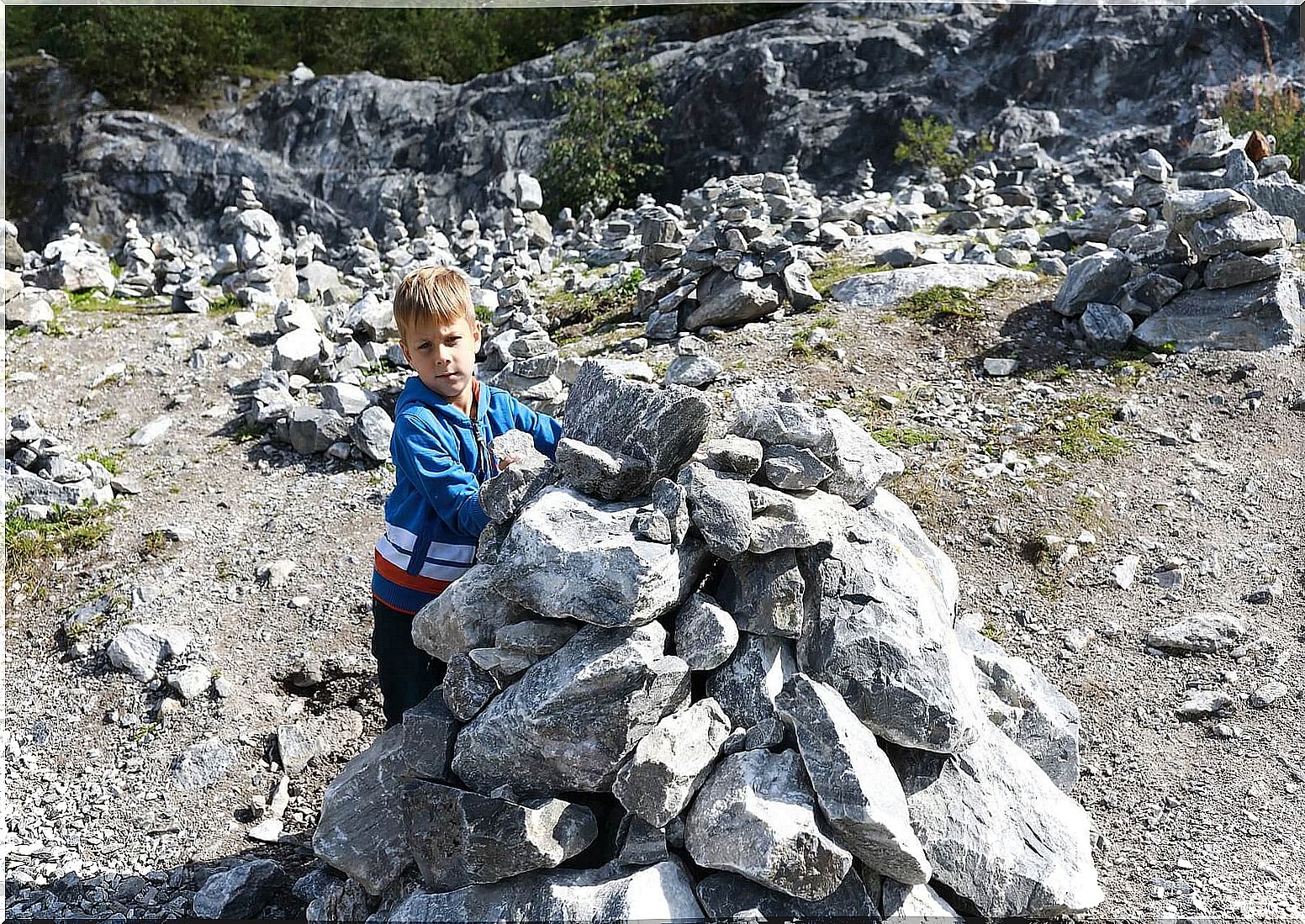
You were geological
The history of the Earth as a planet is divided into eras. Geology studies on geological time scales (GTS) the different events, flora, fauna, climate, etc., of each unit of time.
Tectonic plates
The earth’s crust is divided into tectonic plates and geology investigates their composition and movements. The most important plates by size are the following:
- African plate.
- South American plate.
- Antarctic plate.
- Nazca plate.
- Eurasian plate.
- Pacific Plate.
- Australian or Indo-Australian license plate.
Internal structure of the Earth
Geology describes the different layers that make up the structure of the earth and its materials and that are
- Crust : it is the most superficial layer whose thickness varies between 5 and 70 kilometers. It is composed mainly of granite on the inside and on the outside by sedimentary rocks.
- Mantle : it is the largest, with approximately 2,900 kilometers thick. It is made up of rocks that contain iron, silicon, magnesium, and nickel.
- Core : it is the internal structure that is at high temperature and that is supposed to be metallic (iron and nickel). It would be the one that generates the magnetic field of the earth.
Land relief
Geology studies the forms of the Earth’s relief (mountains, coasts, plains, plateaus, depressions, valleys, etc.), and their transformation processes.
Rock types
Rocks are formed by the accumulation of minerals and there are three types:
- Igneous : caused by volcanic activity.
- Metamorphic : they come from compression as a result of the movements of the cortex.
- Sedimentary : they are formed by the action of external agents such as wind, rain, tides, river water, etc.
Minerals
They are what make up the rocks. There are more than 4,900 minerals in the earth’s crust. The best known are talc, gypsum, calcite, fluorite, apatite, orthoclase, quartz, topaz, corundum and diamond.
These 6 science topics can be perfectly adapted to create geology content for children taking into account the age of the little ones. In all cases you are guaranteed to be curious.
Geology workshops and laboratories for children
In the case of the little ones, we recommend that you use the dinosaur theme to work on the history of the Earth. Although you will not advance on scientific concepts, they will get the idea of geological time.
For children older than 9 years, in a workshop you can investigate how a volcanic eruption occurs, recreate the internal structure of the volcano with crafts and even make models on the subject.
In interaction with chemistry, it is possible to grow mineral crystals with solutions and allow children to see the process with their own eyes. This will give you an idea of what happened to the rocks on Earth over millions of years.
Educational outings and outdoor camps
The trips to the Natural Sciences or Natural History museums are a great source of knowledge that you can apply to tackle geology topics for children. These field trips can be planned as a school activity or as a family outing.
Also camps or tours of natural spaces are a good opportunity to make observations, collect rock samples, analyze reliefs and processes, study about the species that lived there, etc.
For example, on many cliff coasts it is possible to find fossil remains on steep walls. Imagine the faces of the little ones if they make a discovery! They will associate it with their favorite dinosaurs in no time!
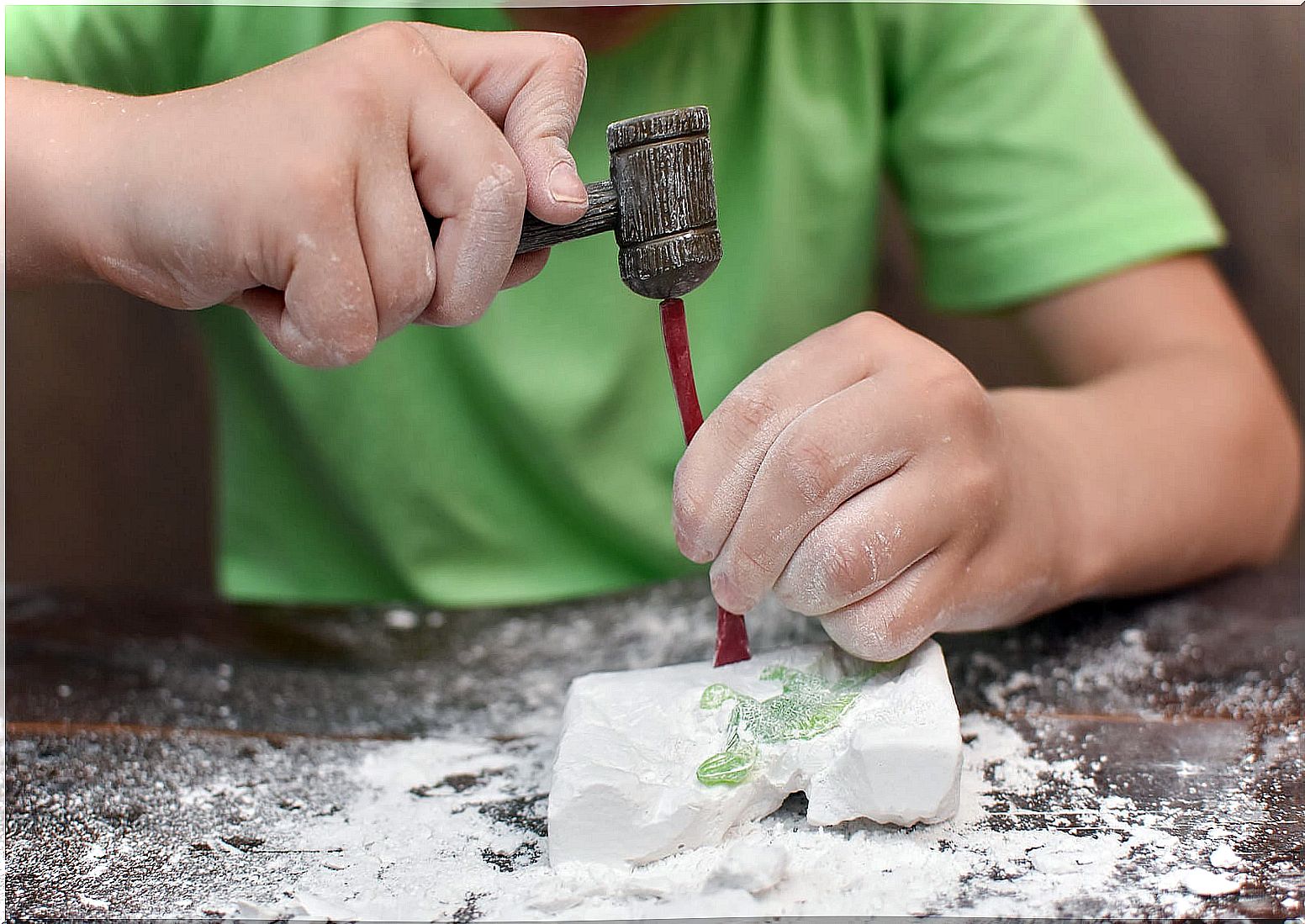
Geology Utilities for Kids
The new generations are very interested in the environment and this is a great topic to introduce geology in school work. For example, this science can provide solutions to exploit minerals or hydrocarbons that are not harmful to the environment or contribute its knowledge of glaciers to the explanation of climate change.
In addition, it is important that as children we know what we are stepping on and what is under our feet. The reasoning is simple: cities and natural spaces are based on geological formations and these are not static, but move and evolve.
These movements can manifest themselves in the form of earthquakes, volcanic eruptions, landslides, tsunamis or erosive phenomena that can affect our lives. Geology also intervenes in the search for solutions for people, such as finding water, oil or gas.
In short, geology for children is an interesting pedagogical challenge and a great topic for planning family outings. Take advantage of it!
